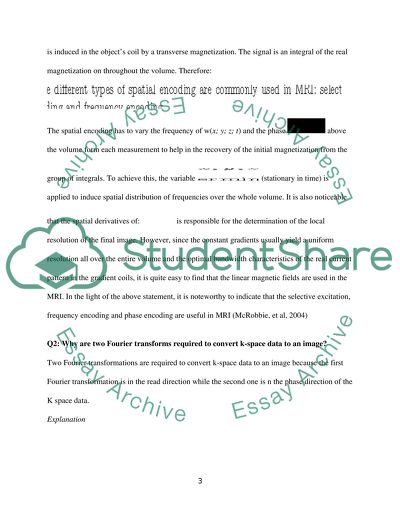Cite this document
(“Physics In Magnetic Resonance Imaging Essay Example | Topics and Well Written Essays - 1000 words”, n.d.)
Physics In Magnetic Resonance Imaging Essay Example | Topics and Well Written Essays - 1000 words. Retrieved from https://studentshare.org/physics/1445141-physics-in-magnetic-resonance-imaging
Physics In Magnetic Resonance Imaging Essay Example | Topics and Well Written Essays - 1000 words. Retrieved from https://studentshare.org/physics/1445141-physics-in-magnetic-resonance-imaging
(Physics In Magnetic Resonance Imaging Essay Example | Topics and Well Written Essays - 1000 Words)
Physics In Magnetic Resonance Imaging Essay Example | Topics and Well Written Essays - 1000 Words. https://studentshare.org/physics/1445141-physics-in-magnetic-resonance-imaging.
Physics In Magnetic Resonance Imaging Essay Example | Topics and Well Written Essays - 1000 Words. https://studentshare.org/physics/1445141-physics-in-magnetic-resonance-imaging.
“Physics In Magnetic Resonance Imaging Essay Example | Topics and Well Written Essays - 1000 Words”, n.d. https://studentshare.org/physics/1445141-physics-in-magnetic-resonance-imaging.


